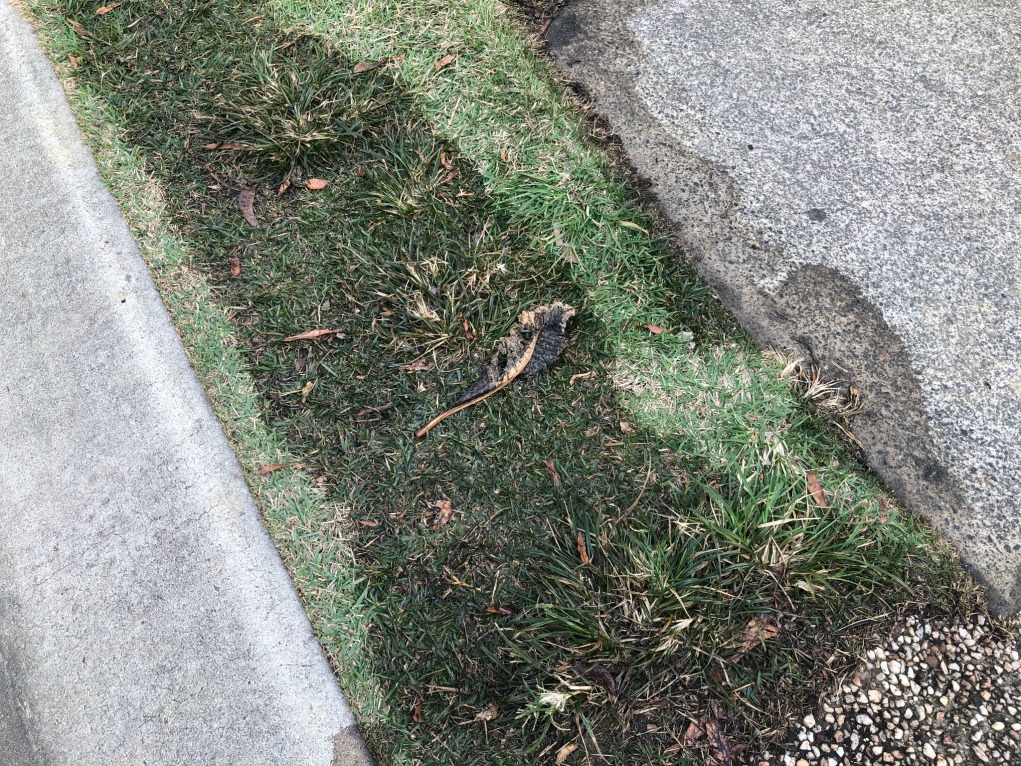Every person has their personal way of thinking in relation to Finding hidden leaks.

Early discovery of dripping water lines can minimize a possible calamity. Besides conserving you money, it will decrease the worry and frustration. The minute you discover a leak, calling your plumber for repairs is the most effective option. Some tiny water leakages may not be noticeable. Below are some hacks that help if you can not find it with your naked eyes.
1. Check Out the Water Meter
Every house has a water meter. Inspecting it is a proven way that helps you find leakages. For beginners, switch off all the water resources. Guarantee no one will certainly flush, utilize the faucet, shower, run the cleaning machine or dishwashing machine. From there, most likely to the meter and watch if it will alter. Given that no person is utilizing it, there should be no motions. If it relocates, that shows a fast-moving leakage. If you find no modifications, wait a hr or two as well as inspect back again. This implies you might have a sluggish leak that might also be below ground.
2. Check Water Usage
If you spot abrupt adjustments, regardless of your usage being the exact same, it indicates that you have leaks in your plumbing system. A sudden spike in your costs suggests a fast-moving leak.
On the other hand, a stable increase on a monthly basis, despite the same routines, shows you have a slow-moving leak that's additionally gradually intensifying. Call a plumber to completely inspect your property, particularly if you feel a warm location on your floor with piping underneath.
3. Do a Food Coloring Examination
When it pertains to water usage, 30% comes from commodes. Examination to see if they are running correctly. Decline specks of food color in the storage tank as well as wait 10 minutes. If the shade somehow infiltrates your dish during that time without flushing, there's a leakage in between the storage tank and also bowl.
4. Asses Exterior Lines
Do not neglect to inspect your outside water lines also. Examination spigots by connecting a yard pipe. Ought to water seep out of the link, you have a loose rubber gasket. Replace this and guarantee all links are tight. If you have actually obtained an automatic sprinkler, it will assist get it expertly took a look at and preserved every year. One little leakage can throw away lots of water and also spike your water bill.
5. Examine the situation and evaluate
House owners ought to make it a habit to inspect under the sink counters and also inside cabinets for any bad odor or mold and mildew growth. These 2 red flags suggest a leakage so timely focus is required. Doing regular assessments, also bi-annually, can save you from a major issue.
Examine for stainings and deteriorating as many pipelines and also appliances have a life expectancy. If you presume dripping water lines in your plumbing system, do not wait for it to rise.
Early detection of leaking water lines can reduce a prospective calamity. Some little water leakages might not be noticeable. Inspecting it is a proven method that assists you find leaks. One tiny leak can waste loads of water and spike your water costs.
If you presume leaking water lines in your plumbing system, don't wait for it to rise.
WARNING SIGNS OF WATER LEAKAGE BEHIND THE WALL
PERSISTENT MUSTY ODORS
As water slowly drips from a leaky pipe inside the wall, flooring and sheetrock stay damp and develop an odor similar to wet cardboard. It generates a musty smell that can help you find hidden leaks.
MOLD IN UNUSUAL AREAS
Mold usually grows in wet areas like kitchens, baths and laundry rooms. If you spot the stuff on walls or baseboards in other rooms of the house, it’s a good indicator of undetected water leaks.
STAINS THAT GROW
When mold thrives around a leaky pipe, it sometimes takes hold on the inside surface of the affected wall. A growing stain on otherwise clean sheetrock is often your sign of a hidden plumbing problem.
PEELING OR BUBBLING WALLPAPER / PAINT
This clue is easy to miss in rooms that don’t get much use. When you see wallpaper separating along seams or paint bubbling or flaking off the wall, blame sheetrock that stays wet because of an undetected leak.
BUCKLED CEILINGS AND STAINED FLOORS
If ceilings or floors in bathrooms, kitchens or laundry areas develop structural problems, don’t rule out constant damp inside the walls. Wet sheetrock can affect adjacent framing, flooring and ceilings.
https://www.servicemasterbyzaba.com/blog/how-to-detect-water-leakage-in-walls/

I am very inquisitive about Leaking water lines and I am assuming you enjoyed reading the entry. In case you enjoyed reading our article if you please don't forget to share it. I value reading our article about Detecting hidden plumbing leaks.